In 2002, I heard about a research project* dealing with the sociological analysis of state-commissioned artworks in the former East Germany (GDR), many of which are now stored in various depots and not exhibited. An analytical approach to this period seemed difficult for museums and galleries, and many exhibitions of this art remained controversial for many years after German reunification.
This inspired me to find a non-confrontational way to work with – and even ‘show’ – these ‘unloved’ artworks. For Rückblick / Re-Viewing, I selected 15 paintings that once belonged to the Office for Visual Arts of the District Council of Dresden, and are now part of the more than 30,000 works in the collection of the Kunstfonds des Freistaates Sachsen (Art Fund of the Free State of Saxony) at the Staatliche Kunstsammlungen Dresden. I chose works in which one person or at most a few people were in the foreground, so that viewing the painting could be a kind of dialogue.
I then invited 30 people of different ages and backgrounds to visit the depot and to choose a painting from my preselection. With the camera running, the participants described the painting they had chosen. They weren’t told beforehand that these were some of the controversial GDR artworks. Nor were they told the date, the name of the artist, or the title of the work.
When we watch Rückblick / Re-Viewing, we see the people describing the paintings, but we don’t see the artworks themselves (just a bit of the back) – and yet the painting itself plays a major role. Because its origins remain obscured, and because we are allowed to witness a very personal encounter with the individuals and their communication with and about the paintings, the otherwise often problematic confrontation with Socialist Realism remains unbiased.
Some participants completely ignored the political/historical context and took the opportunity to meditate on themselves or their lives. In any event, the painting is reflected by the viewer, which becomes particularly apparent when the same painting is described in a completely different way.
My role in the project was that of facilitator and communicator, although I remain invisible: I am the one to whom the participants explain the picture. What emerges is a triangular relationship between me (and now you, the viewer), the person on the canvas, and the figure(s) in the painting.
As an American artist living in Dresden at the time, it was important for me to approach the situation of East German art in storage with caution and care. I believe that because I did not share the emotional concerns that would arise in the debates over the status of East German art, my perspective allowed for a different way of looking at – and perhaps even appreciating – these works.
"..and that's probably a long, long way from really explaining the picture so that you can imagine it, but that's about all I can see at the moment."
One of the Rückblick / Re-Viewing participants
I am very happy that there are collections where a work of mine can be exhibited again after 20 years – as Rückblick / Re-Viewing was exhibited again in 2024 as part of the Kunstkammer Gegenwart in the Residenzschloss / SKD. Of course, the ‘care’ of works of art in collections – and thus of our culture, our history – is important. I have never made fun of it.
But the fact is that most of the collected works will never see the light of day again. They remain dutifully in storage until someone wants to see them (again).
…
Rückblick / Re-Viewing was first shown in the exhibition Unbekannte Schwester / unbekannter Bruder in the Kunsthaus Dresden.
…
My heartfelt gratitude to all who participated:
Ulrike Ahnert, Claudia Beger, Uta Beyer, Mario Brauer, Wolfgang Bruchwitz, Will Clapp, D-M-F, Brigitte Drechsel, Gudrun Drechsel, Katharina förster, Erik Frömder, Arvid Gillert, Patricia Glöß, Josef Haslinger, Eckart Hempel, Marion Hensel, Stefanie Hensel, Franz Herbst, Julie Hibbard, Ludwig Kellner, Jeny Köhler, Hendrik Köppen, Jørgen Mortensen, Valérie Madoka Naito, Stefan Rettich, Matthias Runge, René Somburg, Simone Somburg, Alexandra Starosta, Waltraut Unger.
*The project was part of the Collaborative Research Centre 537 Institutionality and Historicity at the Technical University of Dresden. It was entitled “Cultural Institutionalisation Processes in European Modernity” and was headed by Prof. Dr. Karl-Siegbert Rehberg.
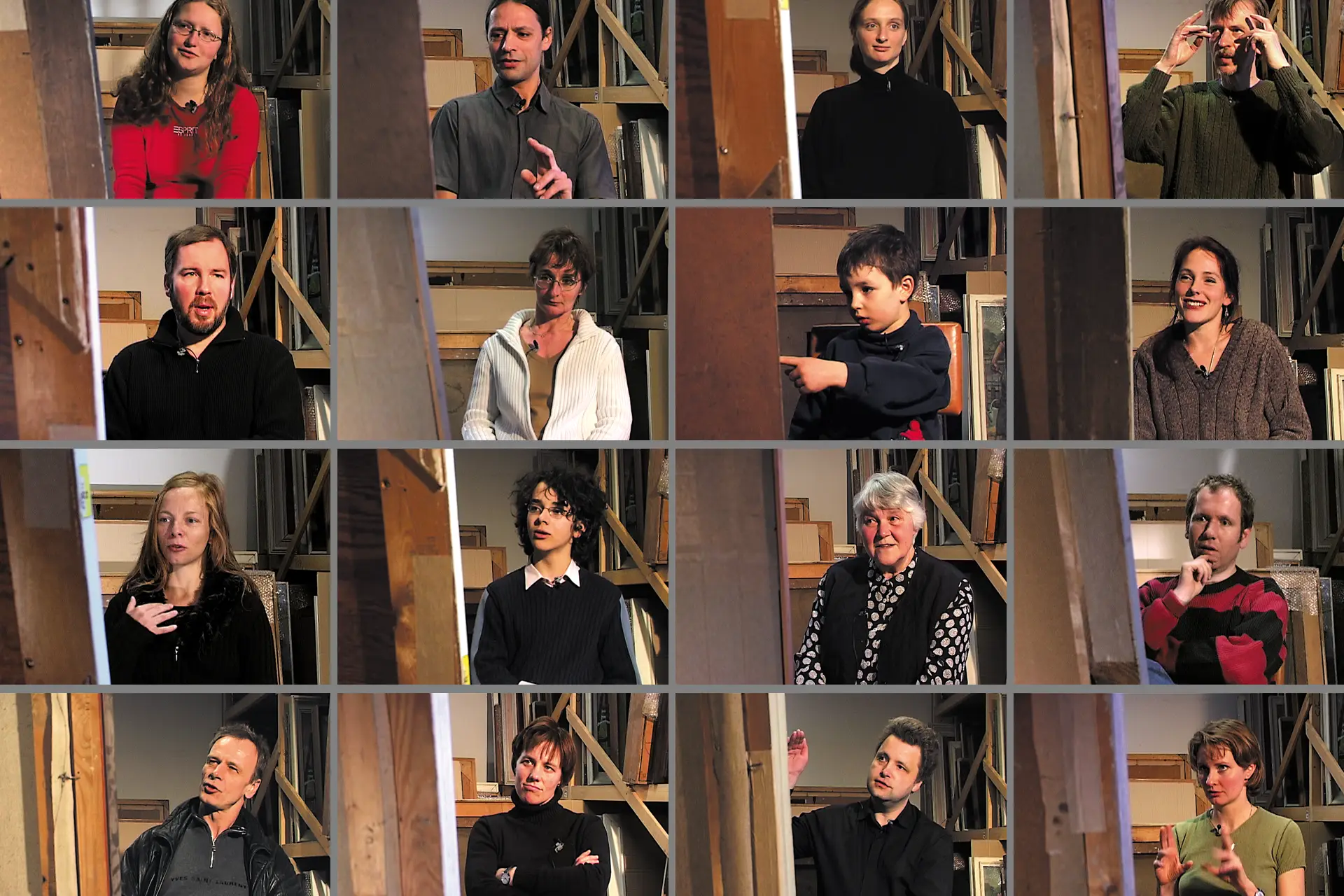
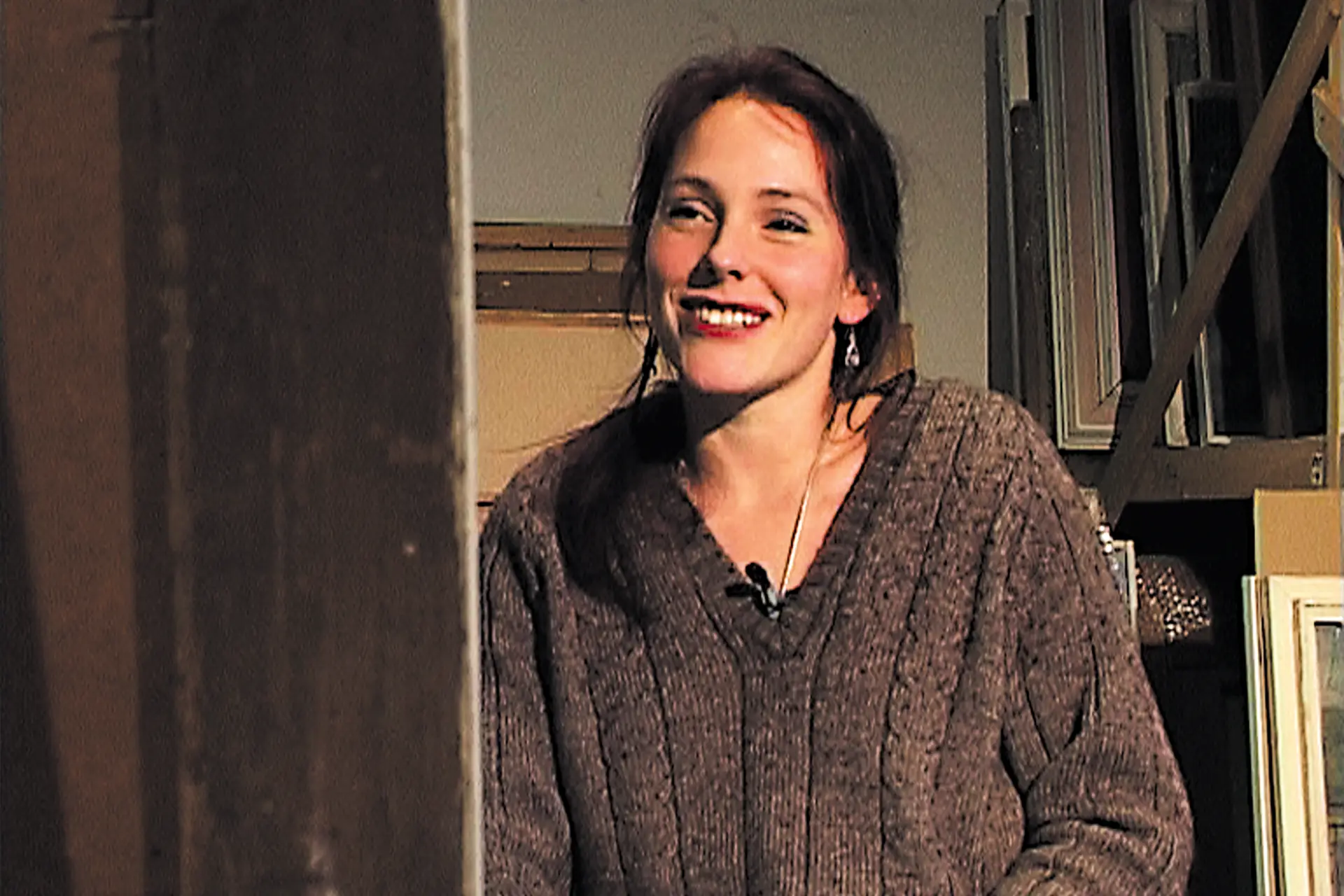

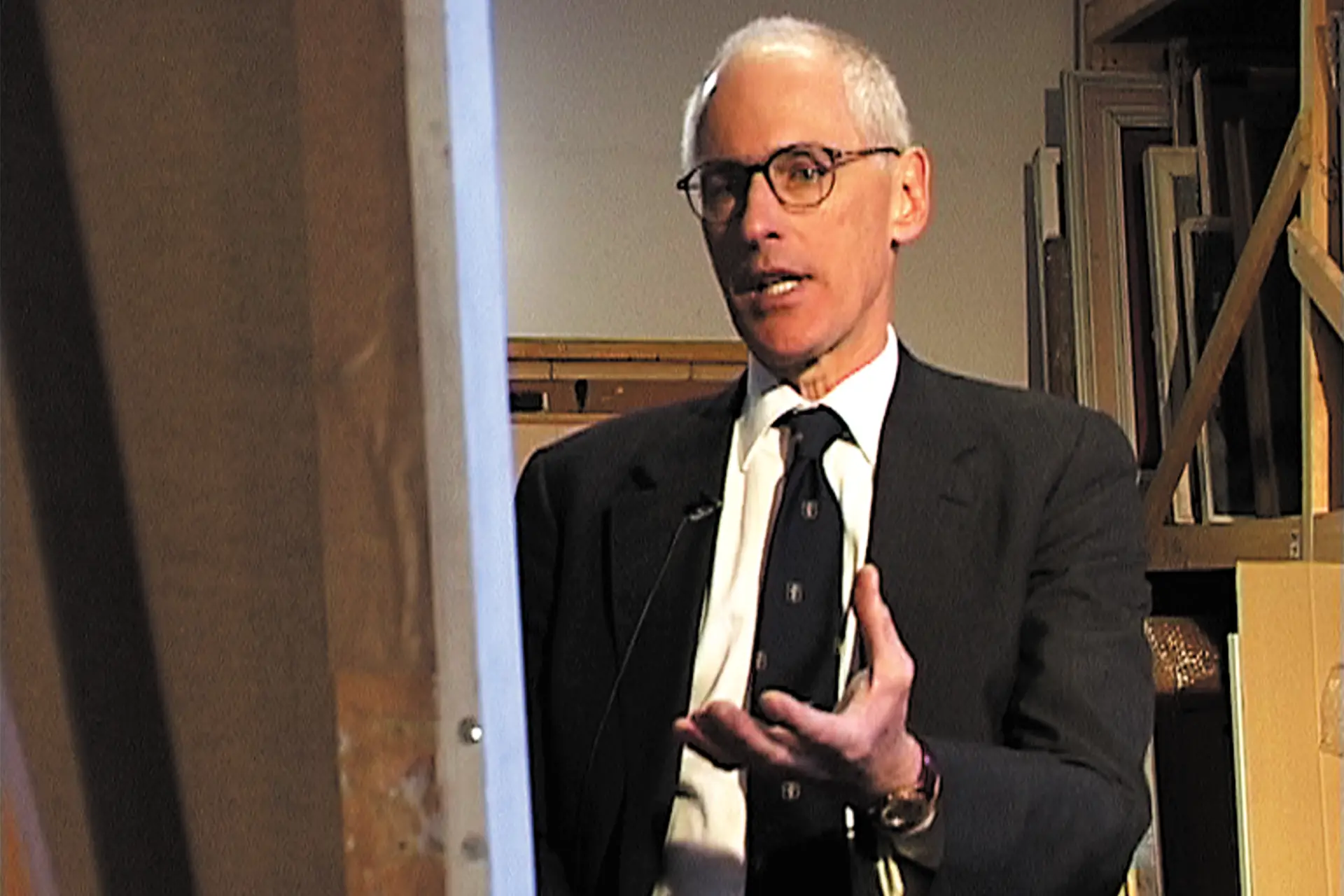

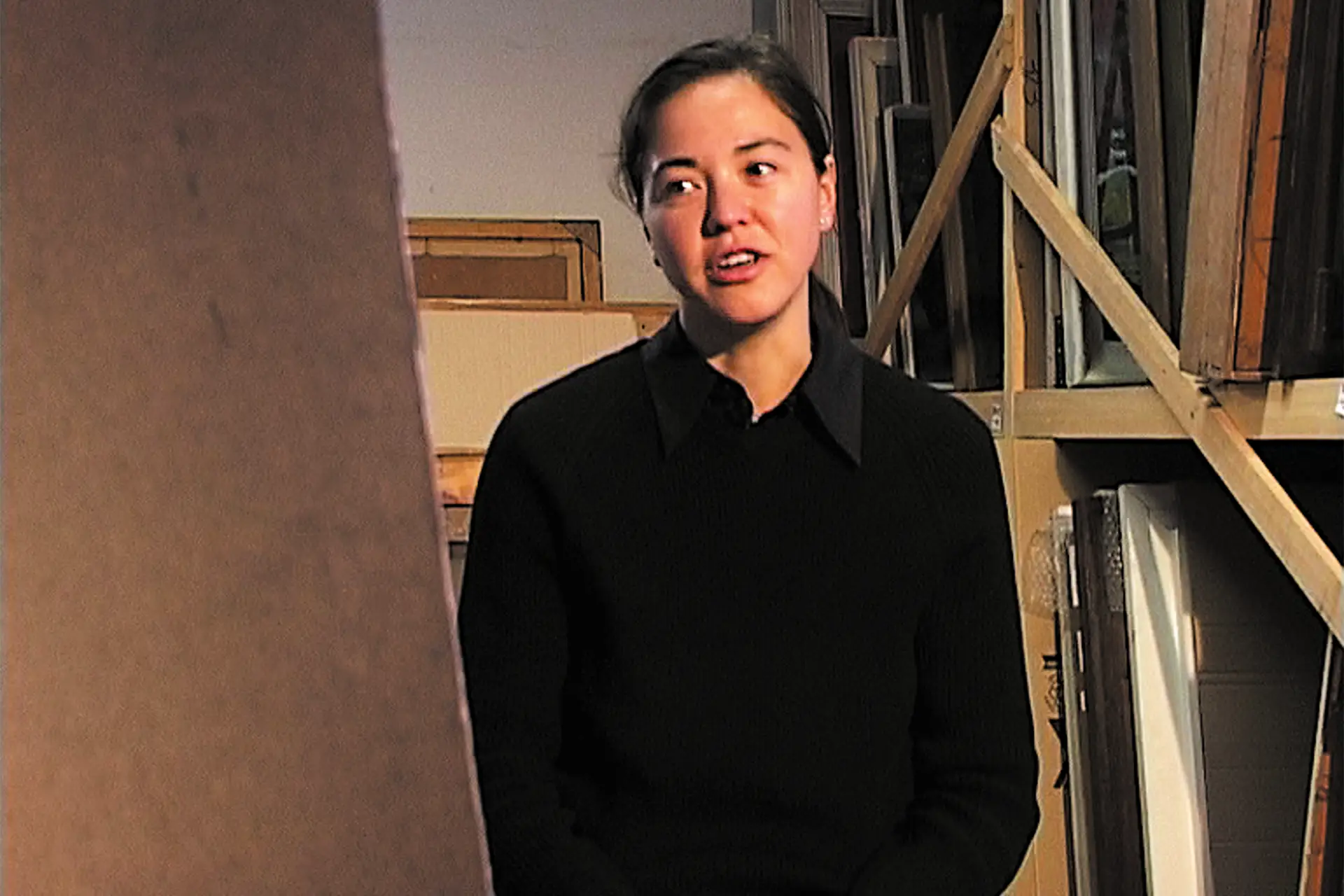
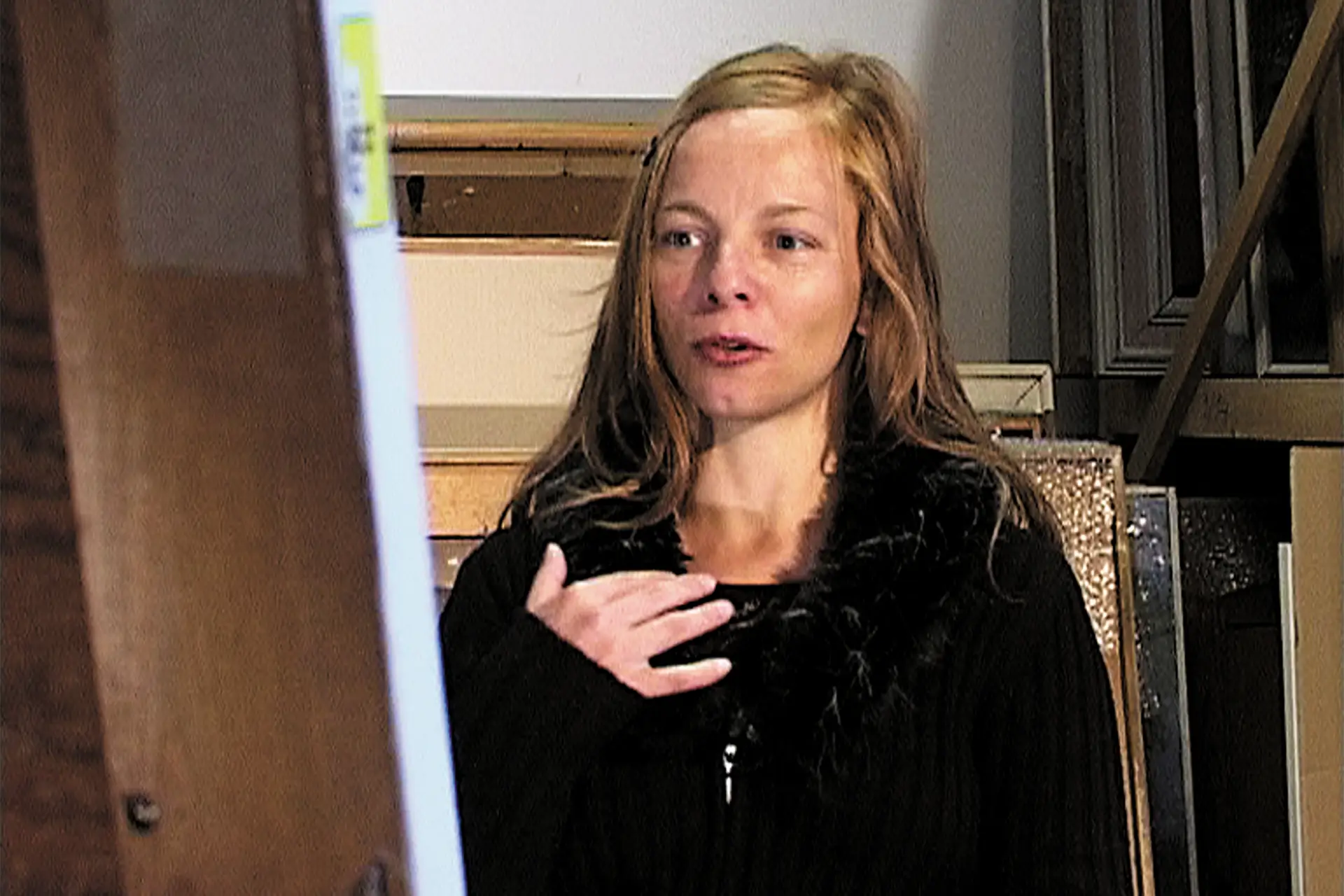

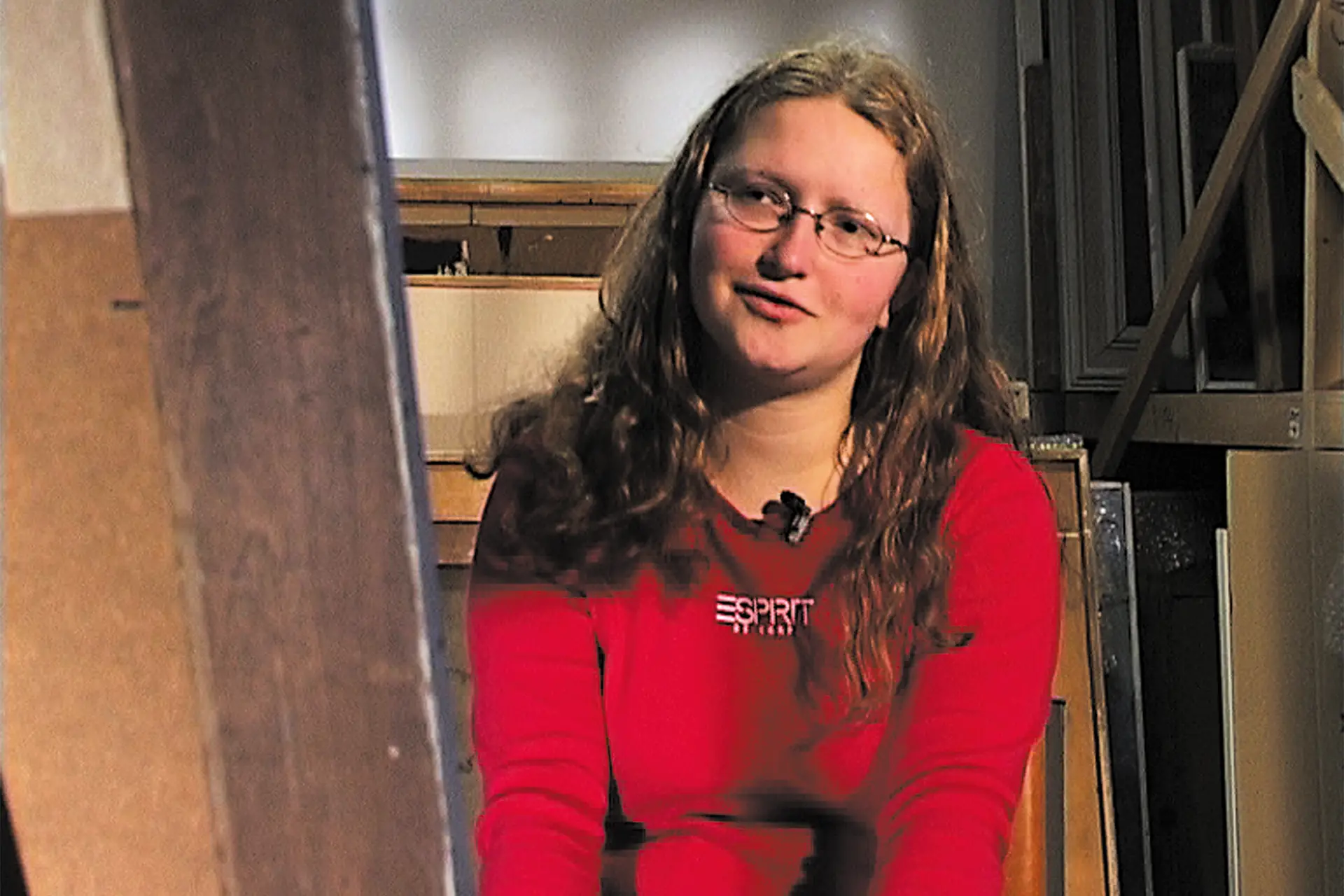

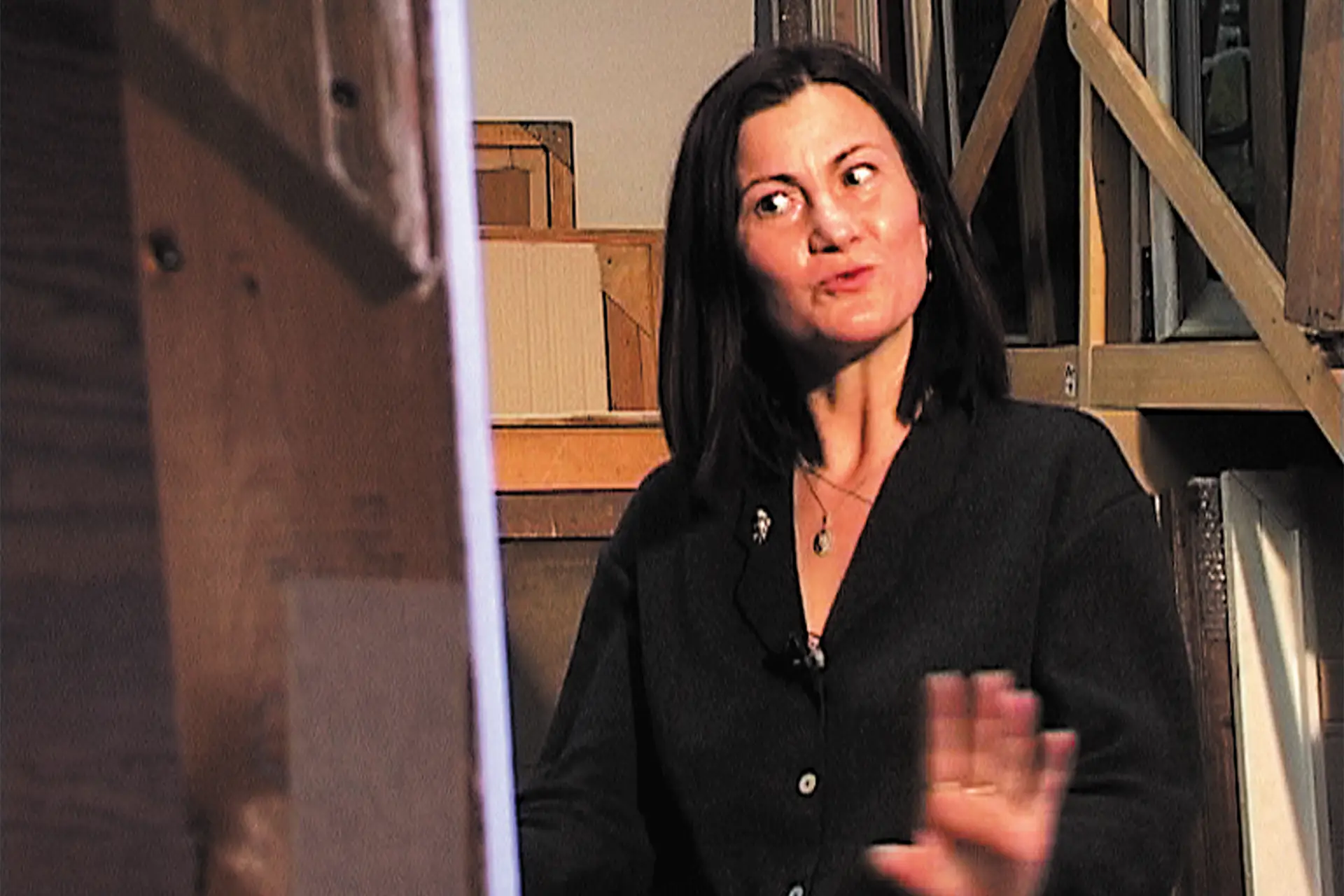
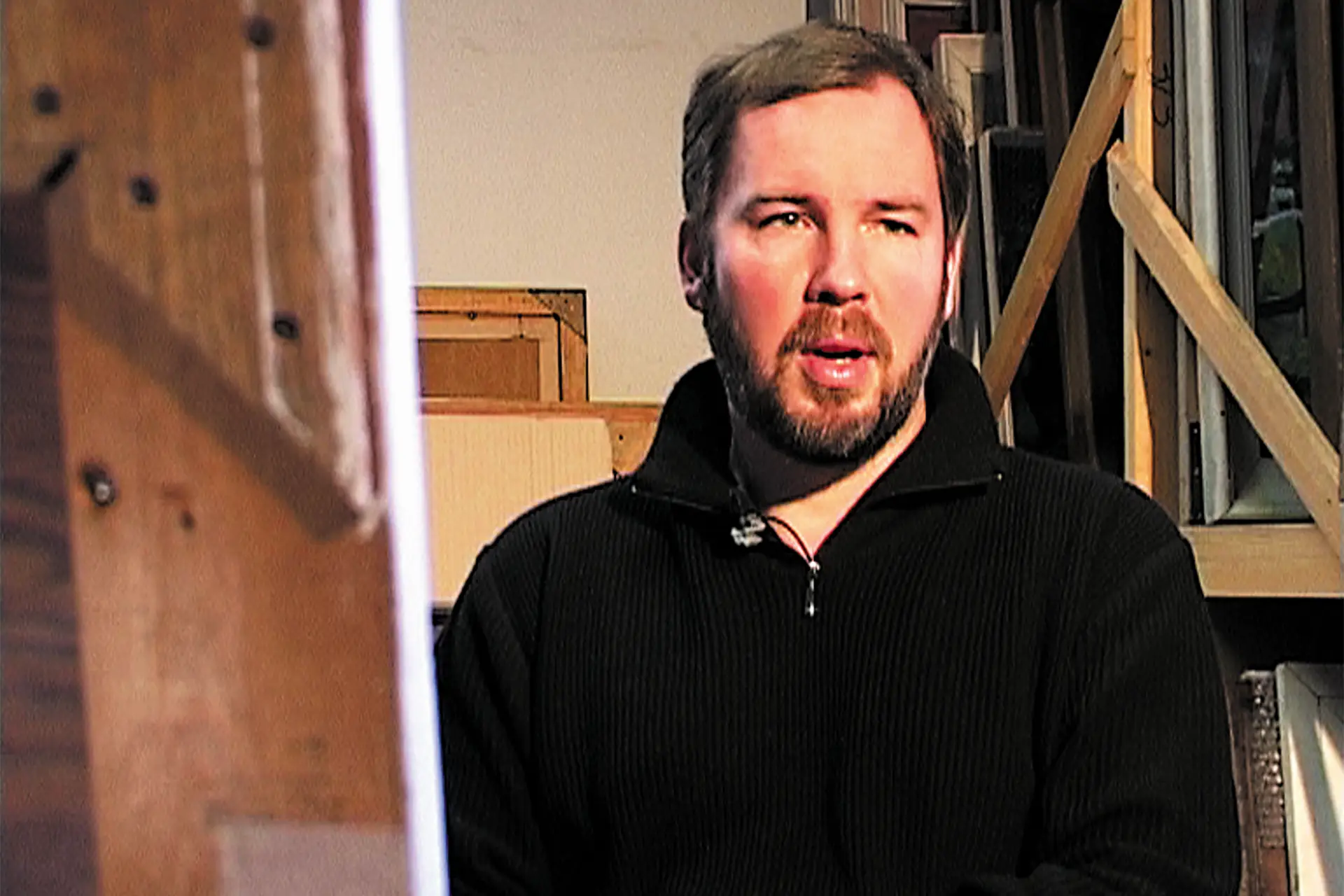



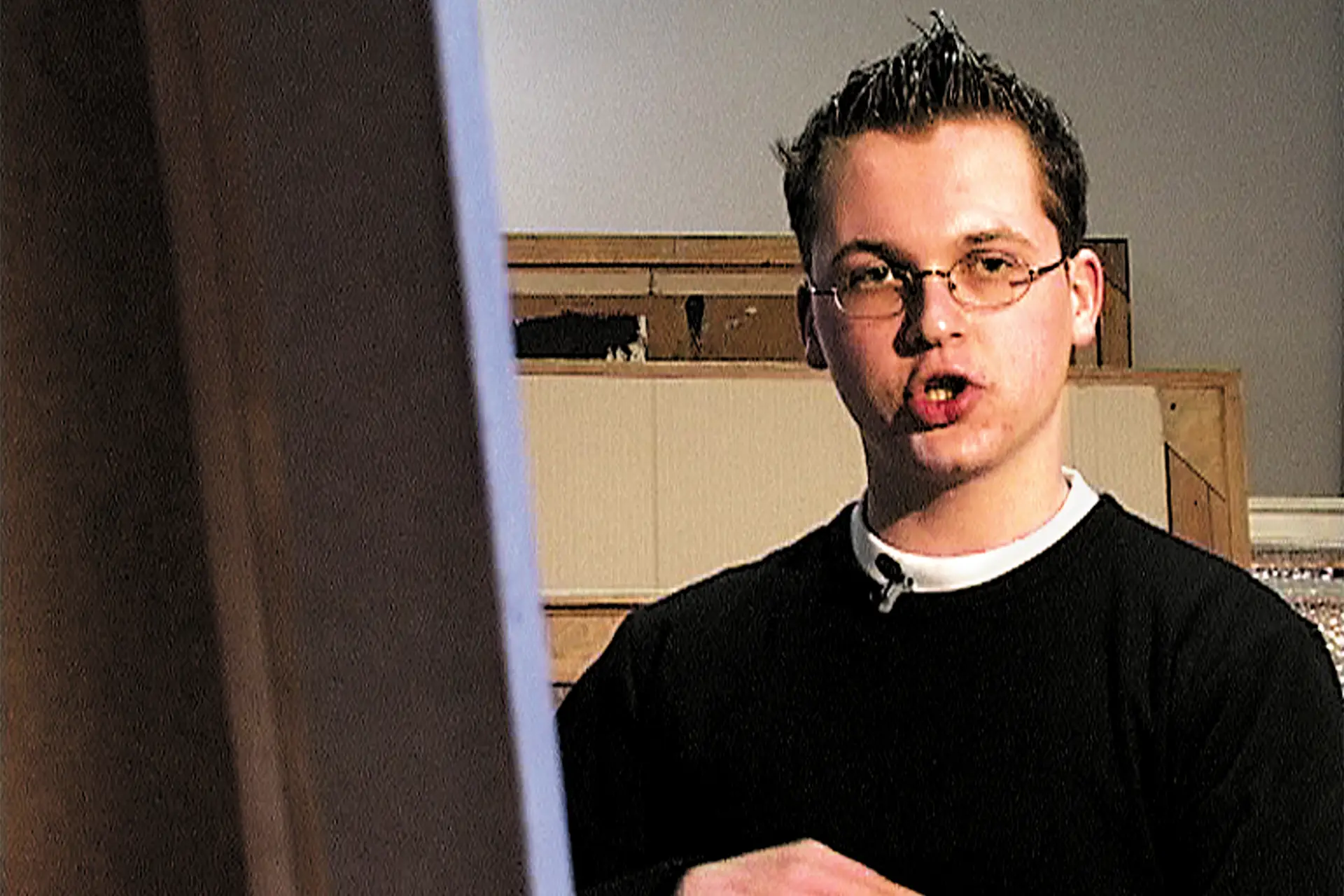
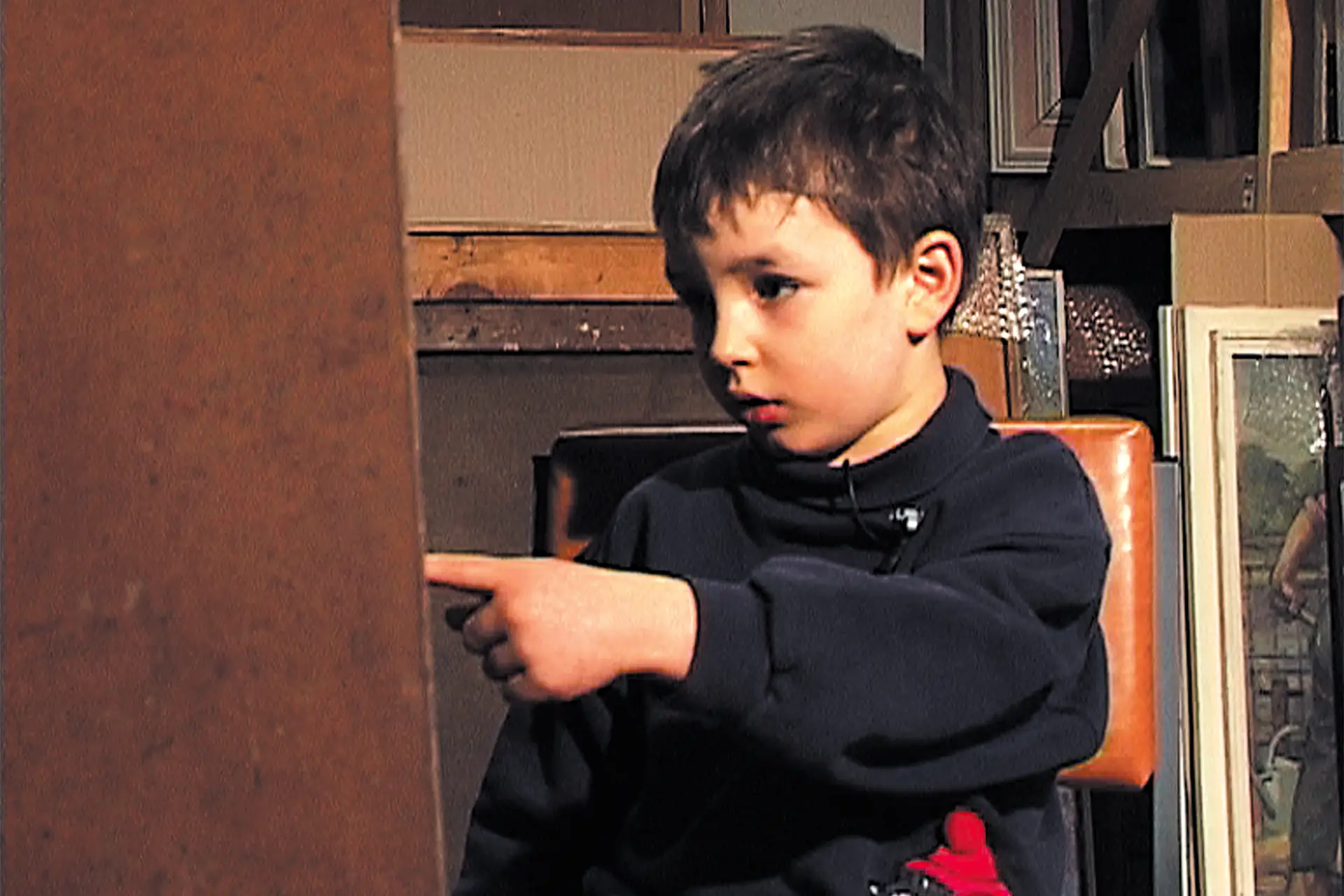
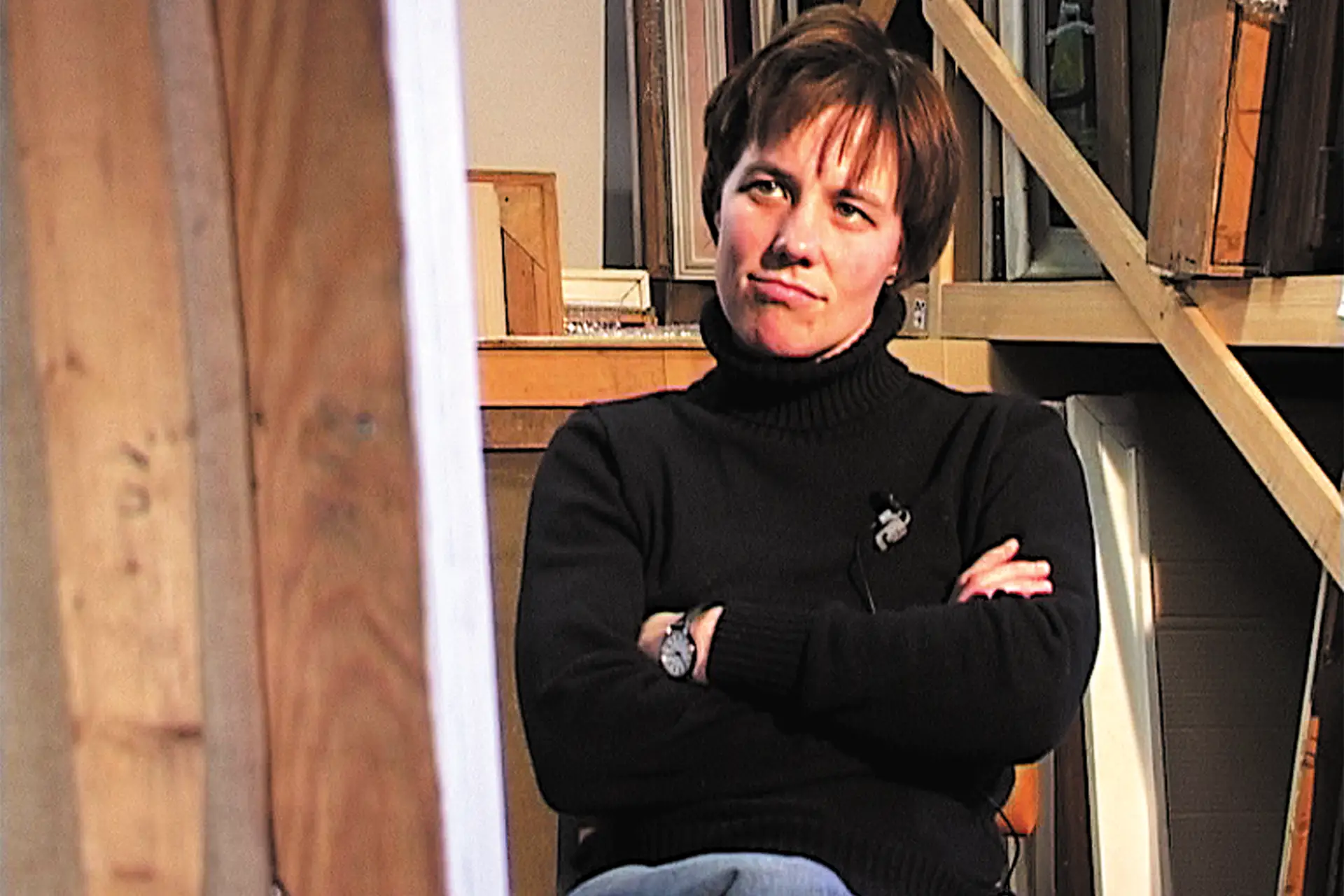
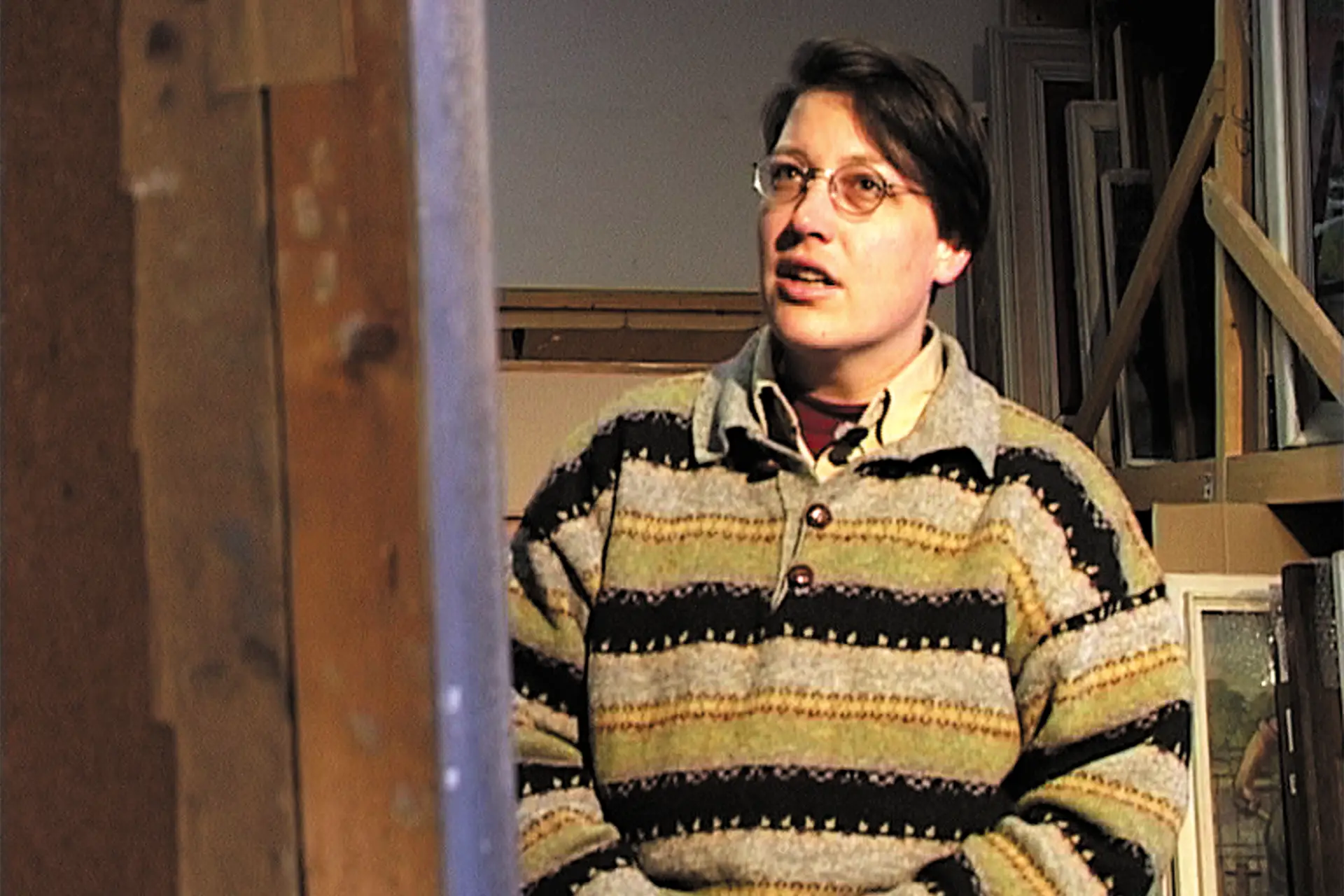
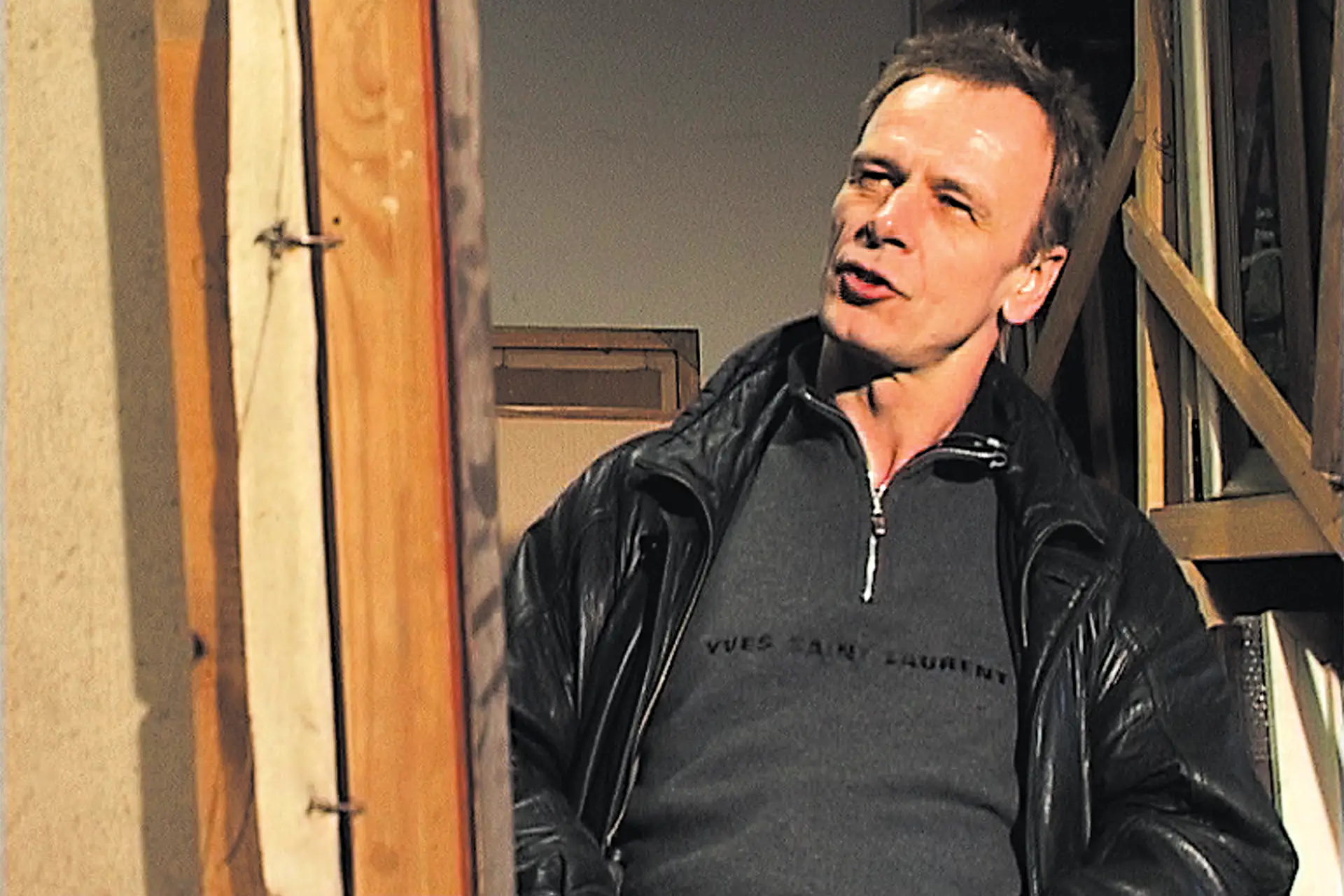
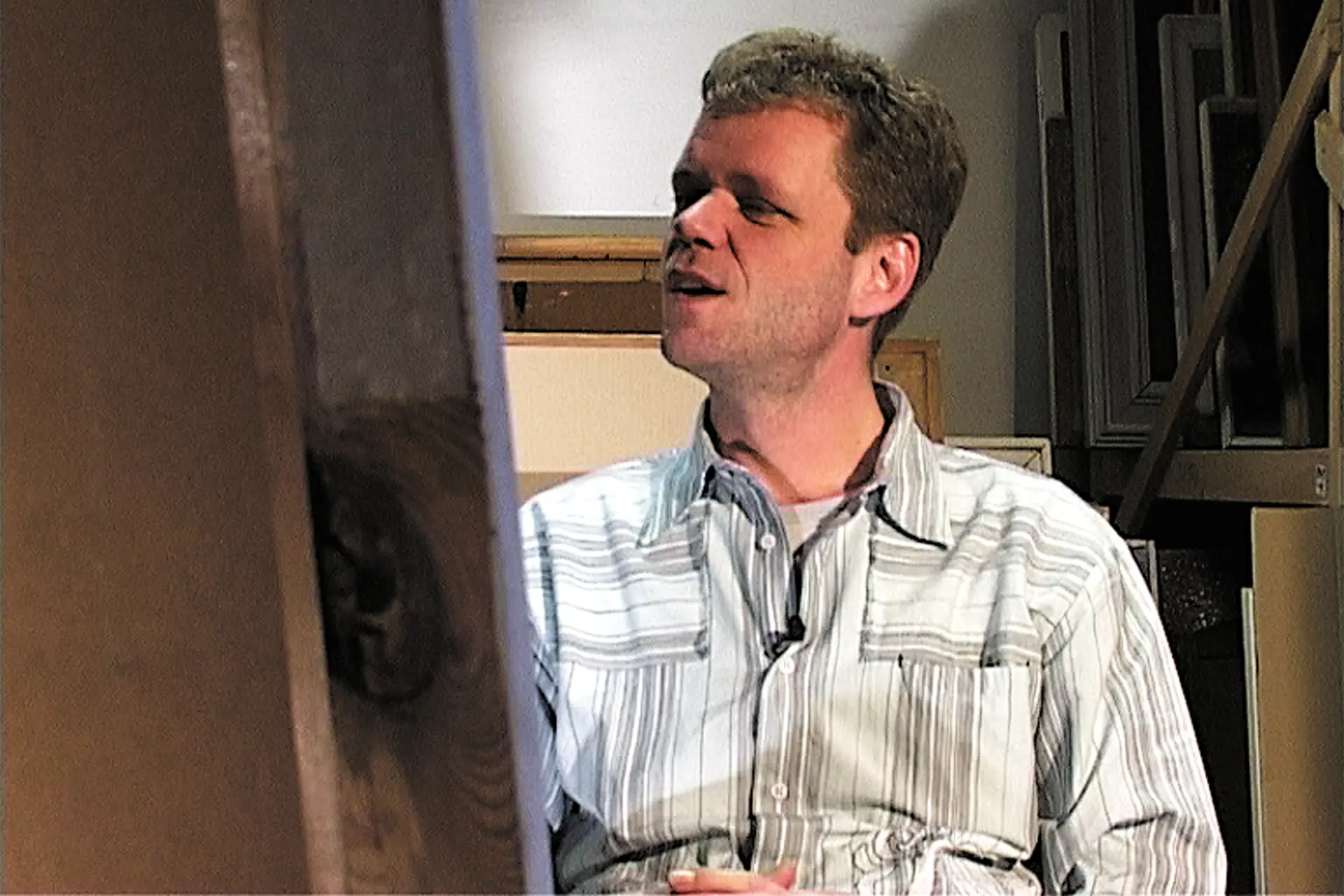



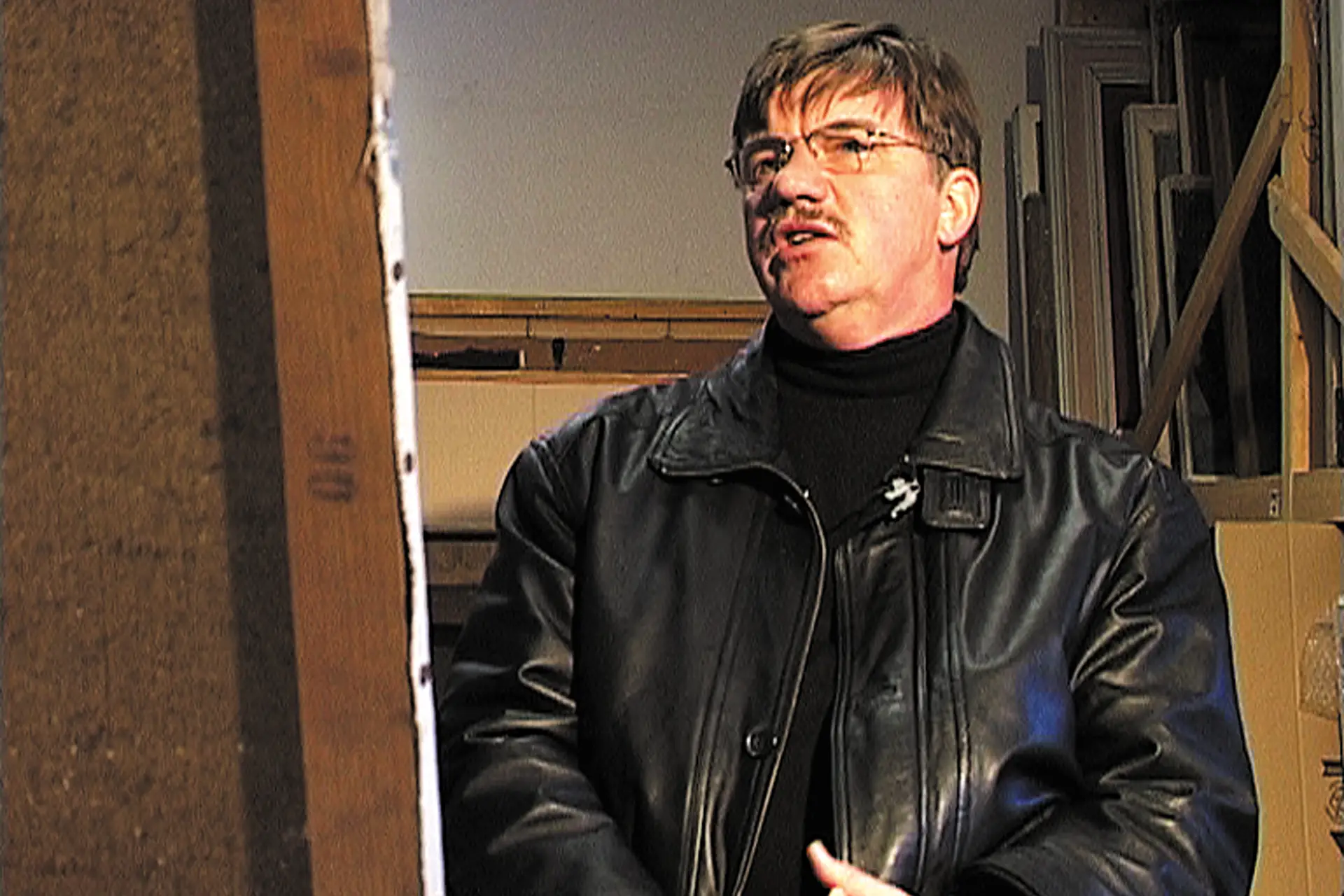
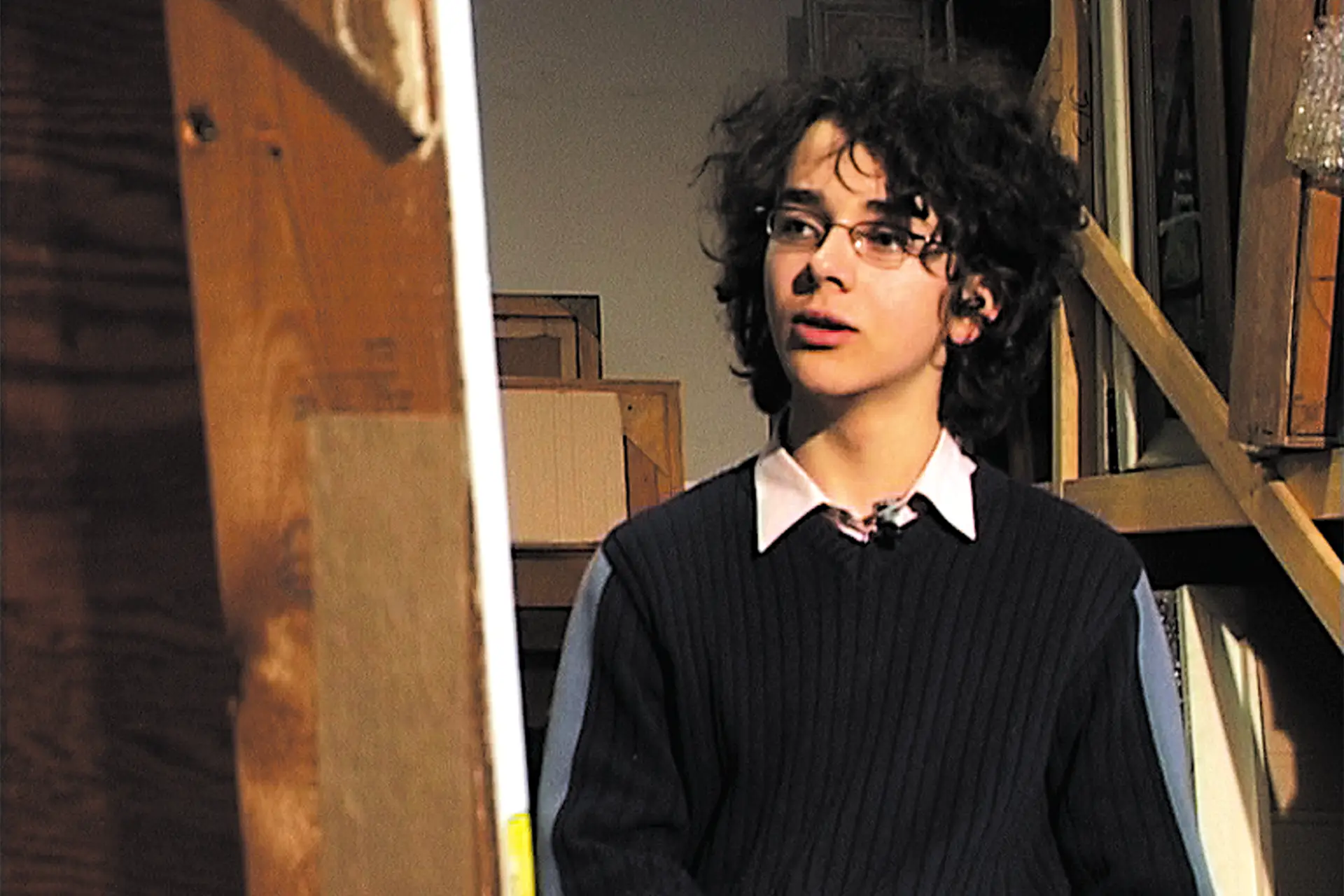


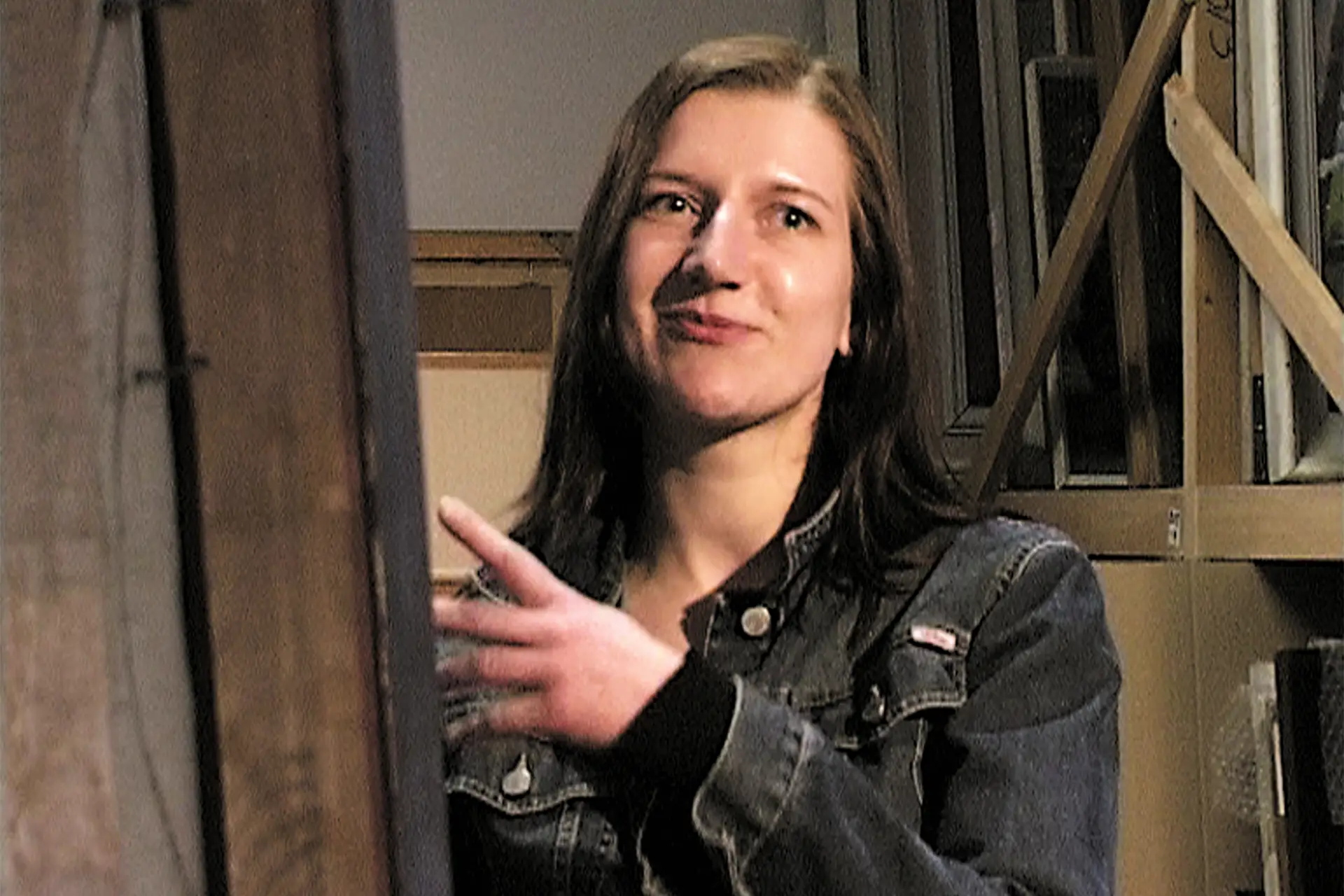
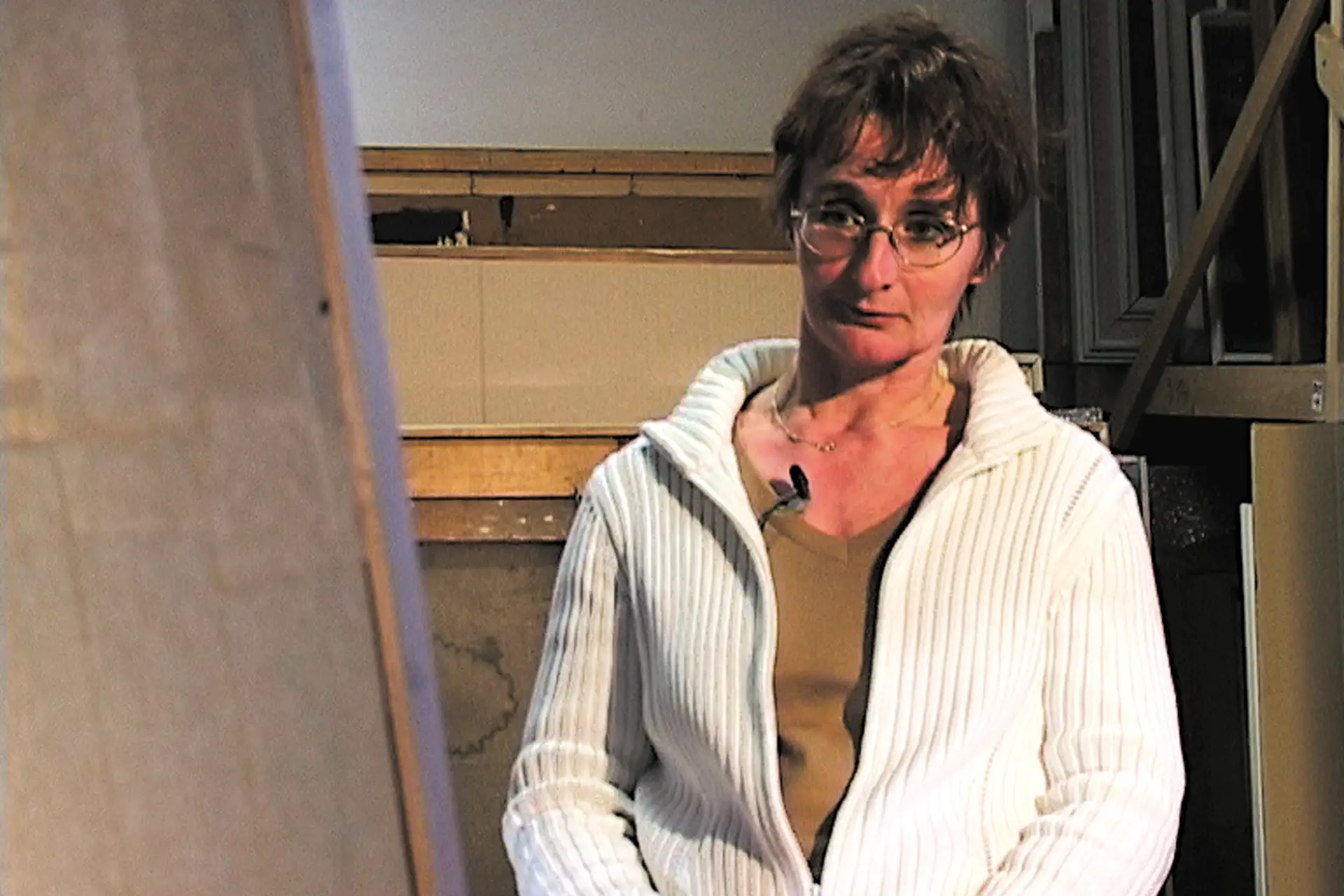
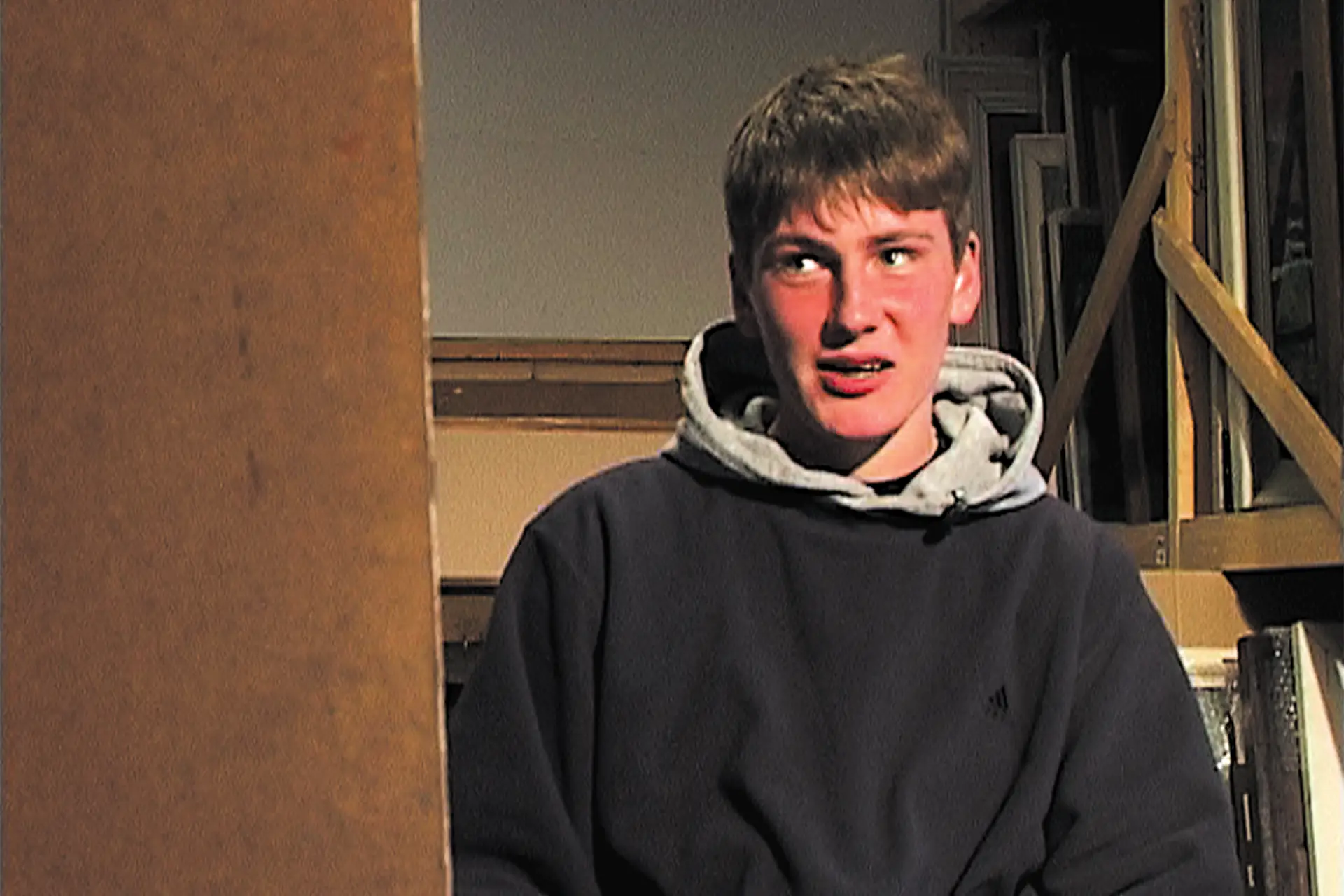


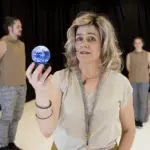
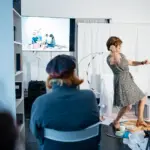
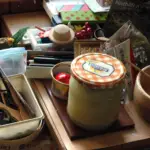


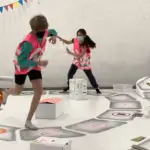

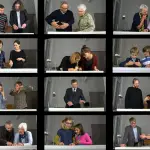
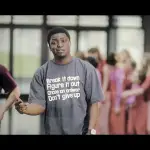

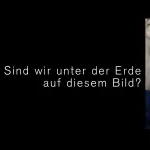
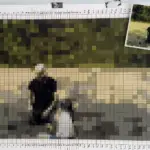
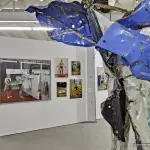
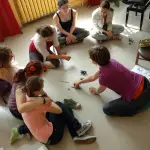

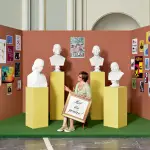


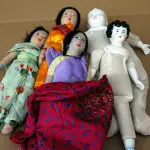

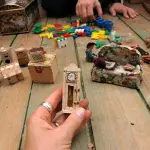
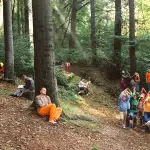
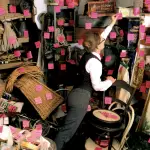
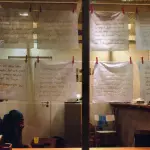



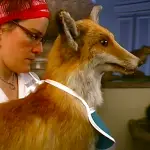
![[privat]](https://janetgrau.de/wp-content/uploads/2024/06/privat-00-150x150.webp)
